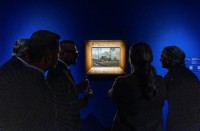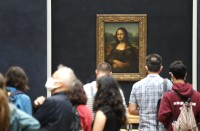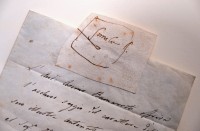https://youtu.be/3y-wOty9G10
By Marilou Francisco
EBC Europe Bureau/ Eagle News Service
(Eagle News) — If the United States has the White House, the Netherlands has these old historical white houses which can be found in the town of Thorn in the Dutch province of Limburg, to the south of the country.
The town is dubbed as the “White Village” because of these centuries-old white brick houses in the historical center of the town.
Although Thorn is just a tiny village with a population of over 2000 as of 2020, it is a favorite tourist attraction.
But did you know, that the houses here were not painted white at all in the earlier centuries?
It was in the ninth century when the village of Thorn was founded, with the monastery there playing a big role as to how it came into being.
When the women from the royal or noble families entered the monastery, they chose to live outside, in their own houses nearby. With members of the various noble families living in the area, Thorn soon became a tiny kingdom.
However, in the 1700’s the village of Thorn was occupied by French rulers, prompting the noble families in the village to flee leaving their houses vacant.
Poor villagers later occupied the vacant houses which would soon become the white houses.
As to how this came about, here‘s what happened.
The French had ruled that taxes would be based on the number and dimensions of the windows of a house. That means if your house has large windows, and many windows at that, you would have to pay higher taxes. The fewer and smaller the windows, the lower the tax.
So the villagers reduced the number and the size of their windows. They covered some of their windows by adding bricks. Then they painted them white to cover up the traces of the bricked-up windows. All of the houses were then painted white.
And that was how these white houses in Thorn came to be.
Today, this historical center of the town of Thorn is protected.
With its rich history and unique story, a visit to the place is indeed worthwhile and educational.
(Eagle News Service)







